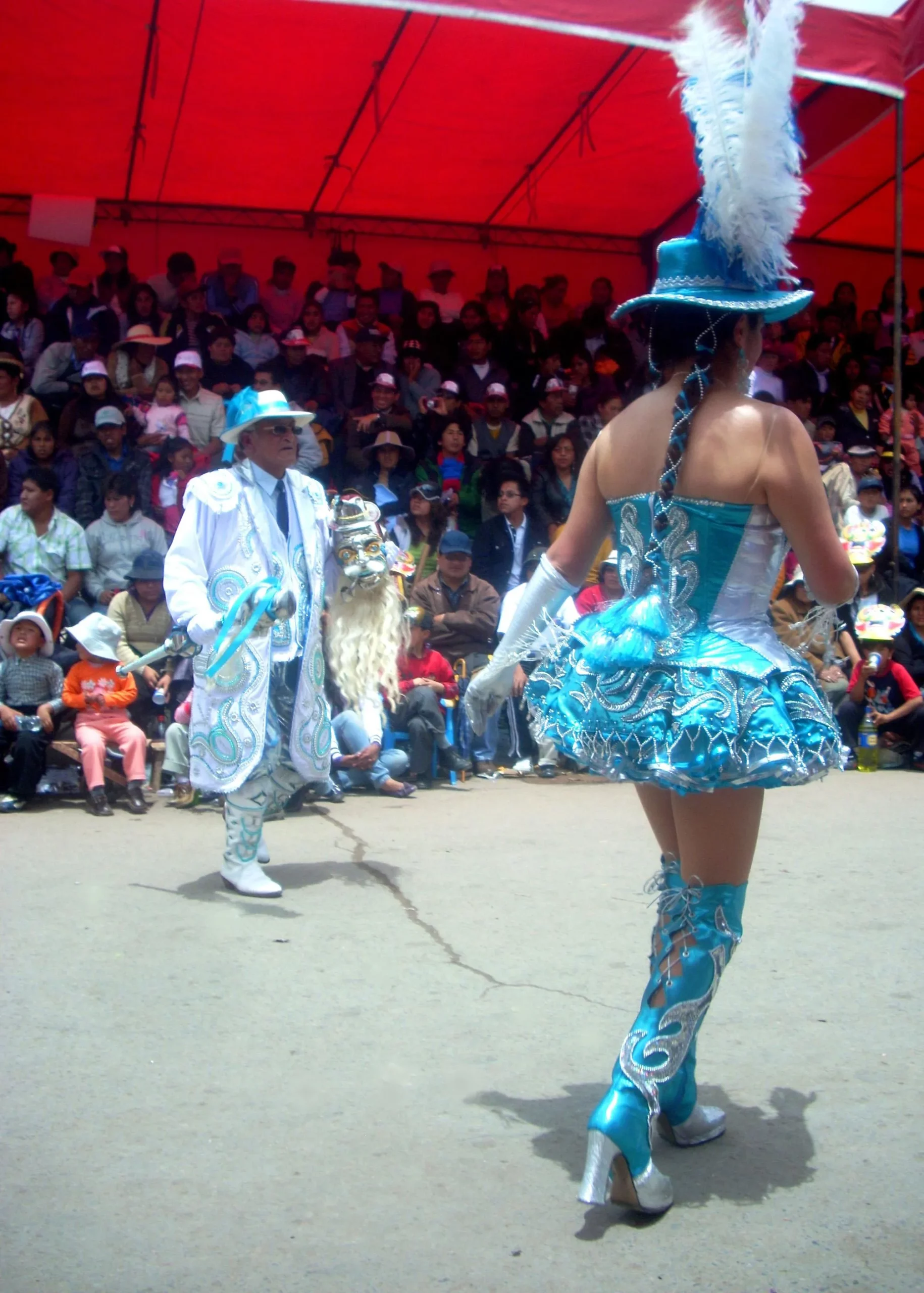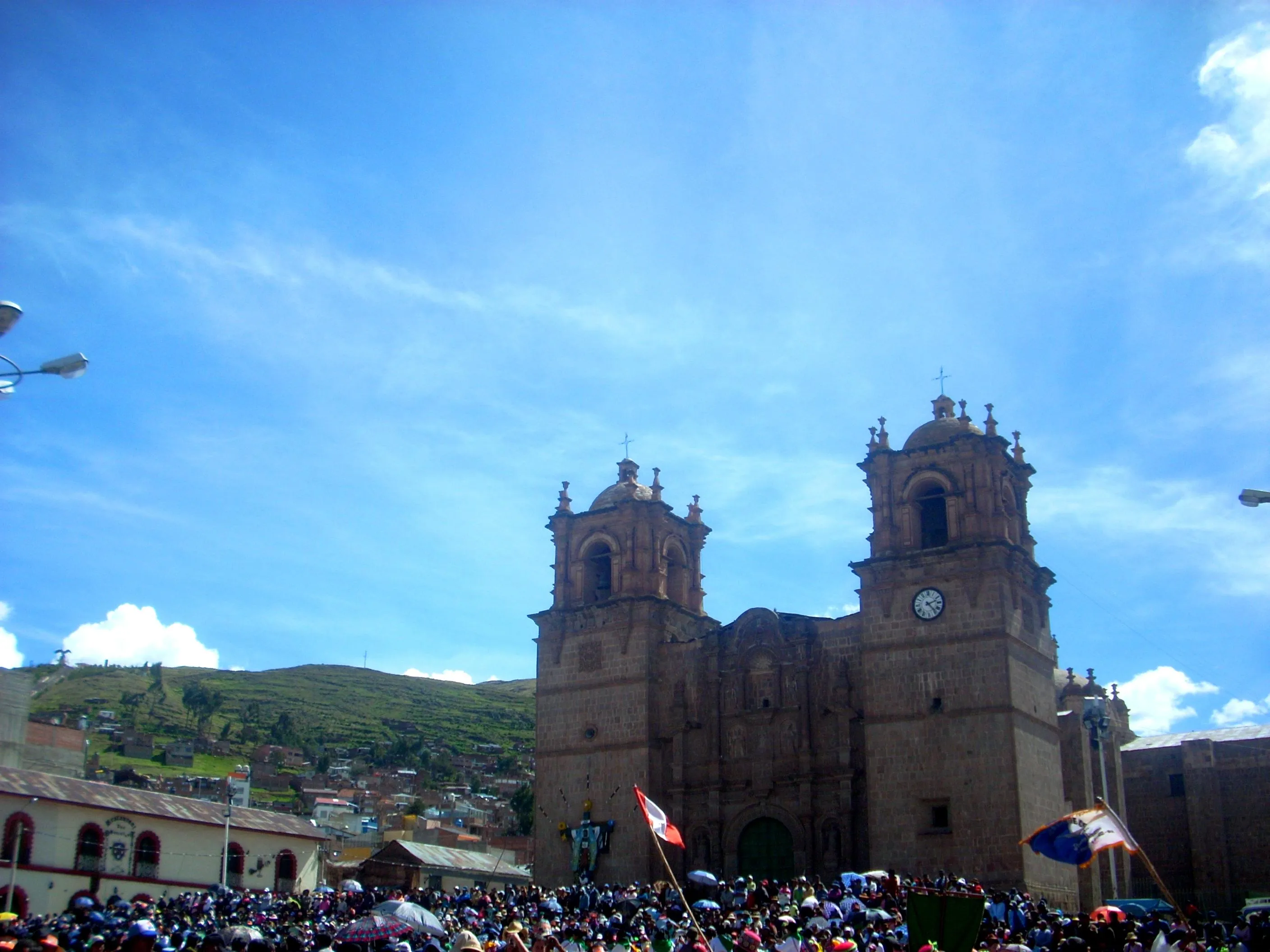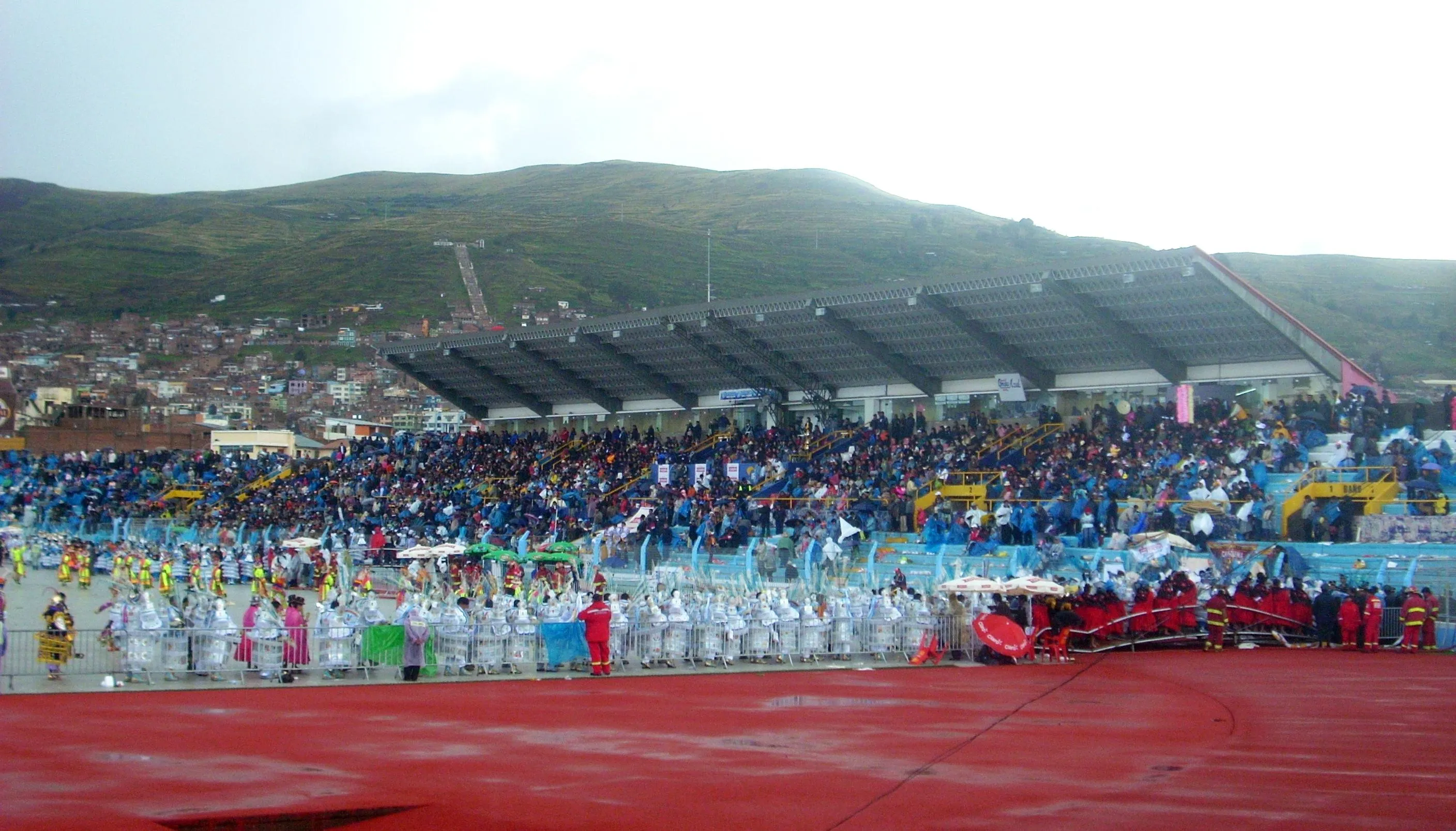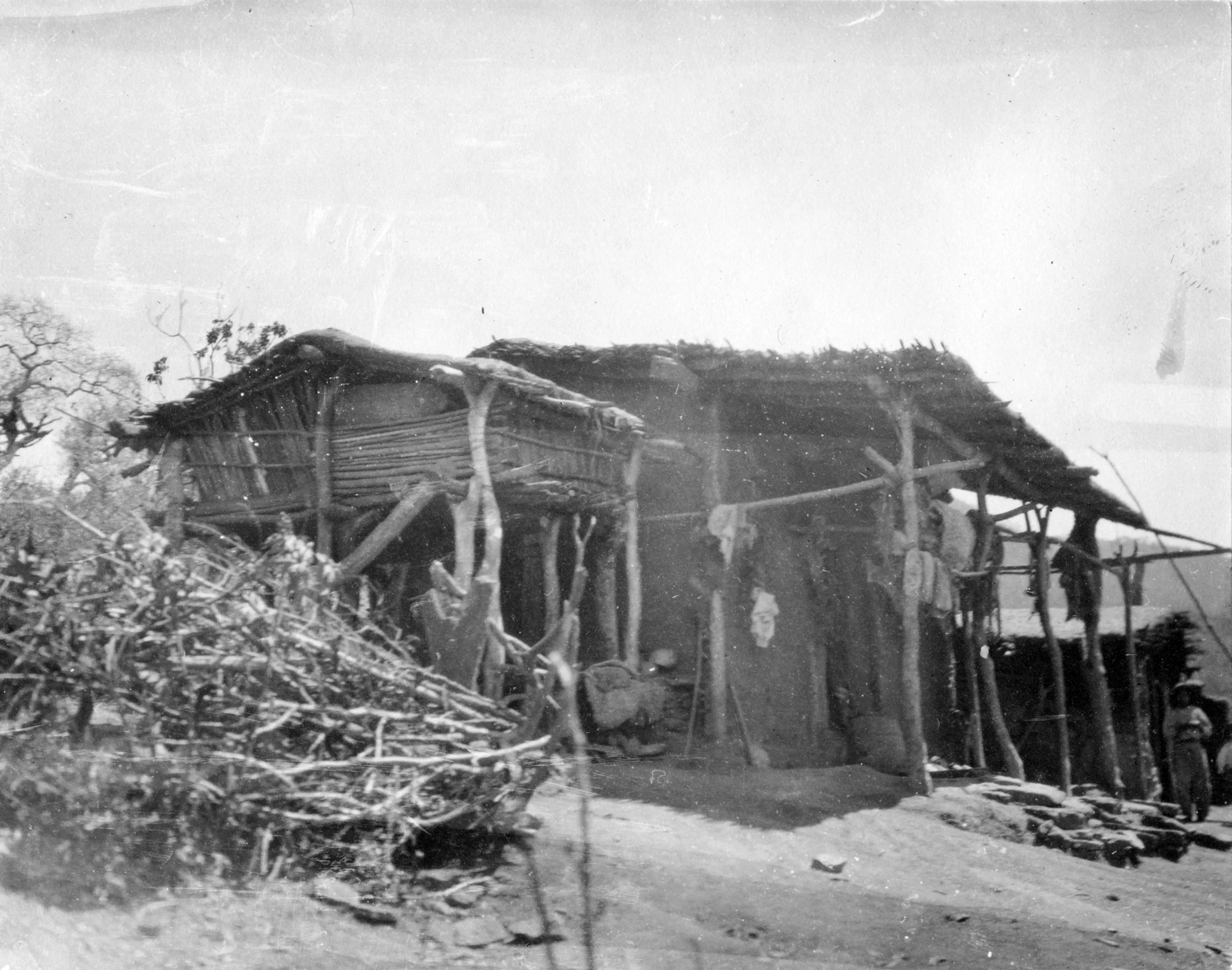
Holguín Culture: Discovering 10 Unique Experiences
Table of Contents
Holguín Culture
Holguín culture is a vibrant tapestry woven from history, traditions, and the warmth of its people. Located in the eastern part of Cuba, Holguín is rich in cultural experiences waiting to be discovered. In this article, we will explore ten unique experiences that encapsulate Holguín’s diverse culture, allowing you to immerse yourself in the local way of life. From lively festivals and traditional music to culinary delights, Holguín promises an unforgettable journey into the heart of Cuban culture.
Want to find the best travel deals for this destination? custom adventure planner with our adventure planning specialist!
1. Embracing the Rhythms: Traditional Music and Dance in Holguín

In Holguín, traditional music and dance are not just forms of entertainment; they are a vital part of the Holguín culture. The vibrant rhythms of baterías and tumbadoras fill the streets during celebrations, inviting everyone to join in the festivities. One of the most significant dance forms is the guaguancó, a Cuban rumba that showcases the spirit and passion of the local people.
Through dance, locals express joy and celebrate life, creating a strong sense of community. Moreover, events like the Fiesta de la Cultura highlight these artistic expressions, offering visitors a chance to learn and participate. Transitioning from one rhythmic beat to another can become a mesmerizing experience, pulling you deeper into the heart of Holguín.
2. Exploring Holguín’s Majestic Décima: A Unique Poetic Tradition

The décima, a unique form of poetry, holds a special place in the Holguín culture. This traditional art form consists of ten-line stanzas, often focusing on themes of love, nature, and daily life. Not only is it an expression of creativity, but it also serves as a means of storytelling that connects generations. In particular, many locals embrace this poetic tradition during social gatherings, where they engage in friendly competitions, showcasing their skills.
As you explore Holguín, you may encounter poets reciting their décimas in parks or during festivals. Consequently, this rich form encourages cultural exchange and strengthens community bonds. Thus, delving into this art will deepen your appreciation for the cultural heritage of Holguín.
3. Festivals of Holguín: Celebrating the Local Spirit with Fiesta

The festivals in Holguín are a true testament to the culture of Holguín, embodying the local spirit through vibrant celebrations. One of the most notable events is the Festival de la Cultura, where you can experience music, dance, and theatrical performances that display the community’s artistry. Additionally, these festivals often feature parades with colorful costumes, showcasing how deeply ingrained traditions are celebrated here.
Moreover, every festival is an opportunity for locals to come together and share their heritage with visitors. This sense of unity creates a lively atmosphere, making it easy for anyone to join in the celebrations. Therefore, participating in these festivals not only offers unforgettable experiences but also opens a door to understanding the rich traditions of Holguín.
4. The Culinary Wonders: Savoring Traditional Holguín Dishes

When exploring Holguín culture, one cannot overlook the culinary delights that this region offers. Traditional dishes reflect the island’s rich history and diverse influences. For instance, congrí, a dish made of black beans and rice, serves as a staple in many homes. Additionally, you must try ropa vieja, a dish prepared with shredded beef simmered in a rich tomato sauce. Not only are these delicious, but they also tell stories of the island’s traditions.
Moreover, many meals are accompanied by tropical fruits and local vegetables, bringing a fresh taste to the table. While you’re in Holguín, don’t forget to sample tostones (fried green plantains) and yuca with garlic sauce, which are favorites among locals. Overall, savoring these traditional dishes is a fantastic way to experience the heart of Holguín culture.
5. Art and Craftsmanship: Discovering Holguín’s Talented Artisans

In the realm of Holguín culture, art and craftsmanship hold a prominent place. The region boasts a variety of skilled artisans who create stunning handicrafts, showcasing their talent and creativity. You will find beautiful ceramics that reflect local designs, as well as expertly woven textiles that tell tales of tradition.
In addition, woodwork is a popular craft in Holguín, where artists skillfully produce intricate sculptures and furniture. Visiting local markets is an excellent way to discover these unique pieces and understand the stories behind them. As you embrace the local culture, be sure to engage with the artisans, as they often share insights that deepen your appreciation of their craft.
6. The Historic Significance: Landmark Sites of Holguín
Discovering the historic significance of Holguín is an essential part of experiencing its culture. The city is home to several landmark sites that highlight its rich history. One of the most notable locations is La Loma de la Cruz, a hill featuring a large cross that offers panoramic views of the city. Climbing the 458 steps is worth it, not only for the views but also for the cultural significance attached to this site.
Another must-visit site is the Cathedral of San Isidoro, where you can appreciate its stunning architecture and serene atmosphere. Furthermore, the Parque Calixto García serves as a historical hub, showcasing beautiful monuments that commemorate important figures of Cuban history. Visiting these sites provides invaluable insights into the rich Holguín culture and its development over the years.
7. Nature and Culture: The Role of Natural Beauty in Holguín Culture
In Holguín, nature is deeply intertwined with the local culture. This beautiful region boasts stunning landscapes, including lush hills and pristine beaches, which significantly influence the way of life here. As you explore the area, you’ll notice that the natural environment serves as both inspiration and backdrop for countless cultural expressions.
For example, the famous Mirador de Mayabe offers panoramic views of the city and its surroundings. Many locals gather here to celebrate special occasions, showcasing the harmonious relationship between Holguín’s culture and its natural beauty. Moreover, the nearby Parque Bariay is not only a scenic spot but also a historical site where Christopher Columbus landed in 1492.
As you visit, it’s essential to appreciate how nature continues to shape the lives and traditions of Holguín’s people. Thus, exploring this relationship can provide deeper insight into the rich Holguín culture.
8. Holguín’s Colonial Architecture: A Walk Through History
Recommendation: Don't miss out on amazing Holguin tours - book now!
Strolling through Holguín feels like a journey back in time, especially when you encounter its charming colonial architecture. The city’s historical buildings reflect a unique blend of Spanish and Caribbean influences. As you walk through the streets, pay close attention to the intricate facades and colorful details of the structures.
A few notable sites include the Cathedral of San Isidoro and the Plaza de la Marqueta, which showcases vibrant local life. Additionally, the Museo de Historia de Holguín is an excellent place to learn more about the history and significance of these architectural gems. Not only do these sites offer a glimpse into the past, but they also play an essential role in preserving the identity of Holguín.
9. Spiritual Practices: Understanding Santería in Holguín
Santería, a captivating Afro-Cuban religion, is an integral part of Holguín’s cultural fabric. This spiritual practice combines elements from African traditions and Catholicism, making it unique and fascinating. In Holguín, Santería plays a vital role in the daily lives of many locals.
Visitors can observe rituals and ceremonies that highlight the deep-rooted connection between the people and their ancestors. For example, initiations and offerings often take place in dedicated temples, where practitioners seek guidance and blessings from the Orishas, spiritual entities in Santería. Furthermore, participating in a festival or event celebrating this spiritual practice offers a profound glimpse into the cultural landscape of Holguín.
Understanding Santería provides valuable context for appreciating the rich Holguín culture and its harmonious relationship with spirituality.
10. Meeting the Locals: Community and Social Life in Holguín
One of the most enriching aspects of experiencing Holguín culture is interacting with its warm and welcoming locals. The residents of Holguín take immense pride in their community and are eager to share their traditions, stories, and daily lives with visitors. For instance, you will often find locals congregating in public parks or on the vibrant streets, engaging in friendly conversations and enjoying each other’s company.
Additionally, community gatherings play a significant role in Holguín’s social life. These events frequently feature music, dance, and local cuisine, allowing visitors to immerse themselves in the culture. For example, during a casual evening, you might be invited to participate in traditional games or to join a dance circle, which enhances your cultural experience.
Moreover, showing genuine interest in the daily activities and customs of the locals can lead to memorable connections. Therefore, interacting with the people of Holguín not only enriches your journey but also fosters a sense of mutual respect and understanding.
Holguín culture is a vibrant celebration of history, tradition, and community. Each experience, from the captivating music and dance to the tantalizing cuisine, allows you to enjoy a deeper understanding of what makes Holguín so special. As you plan your next trip, consider these unique cultural experiences that will enrich your visit. What are you most excited to explore in Holguín? Share your thoughts below and join the conversation about the incredible culture of this Cuban gem.